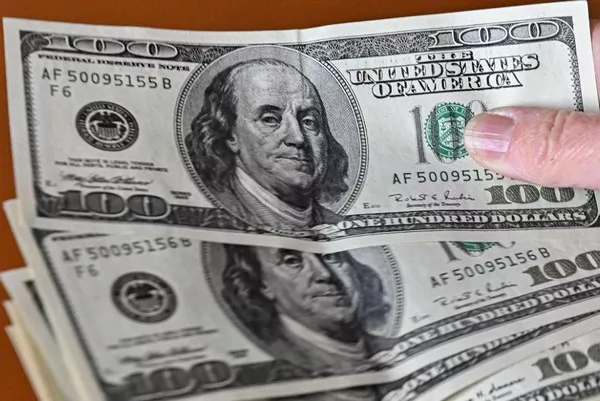During the Asian session on Thursday, USD/INR dipped to around 82.50, extending a losing streak that started on Monday. USD/INR extended losses on Wednesday after U.S. Purchasing Managers’ Index (PMI) data initially looked unfavorable. Also, U.S. Treasury yields fell sharply amid weak U.S. economic data, weighing on the safe-haven U.S. dollar (USD).
Also, the market has been speculating that the Reserve Bank of India (RBI) may intervene to boost the Indian currency against the US dollar. Such an intervention could have a significant impact on USD/INR price action, and in turn, overall USD/INR price action.
In August, the S&P Global Manufacturing Purchasing Managers Index (PMI) fell to 47 from the previous value of 49, lower than the expected 49.3. In August, the S&P Global Services Purchasing Managers Index fell to 51 from the previous value of 52.3, lower than the expected 52.2 .
Weak U.S. PMI data signaled weaker economic activity, increasing the chances of a rate hike at the Federal Reserve’s September meeting. That put market participants in a cautious mode ahead of speeches by Federal Reserve Chairman Jerome Powell at the annual Jackson Hole symposium on Friday. The U.S. dollar index (DXY), which measures the greenback’s (USD) performance against six major currencies, is hovering around 103.40 at press time.
Indian rupee (INR) traders are likely to focus on India’s upcoming foreign exchange reserves data for the week ended Aug. 18, due on Friday. Market participants will also focus on U.S. initial jobless claims, due later in the day. These data may provide fresh impetus to USD/INR traders.


